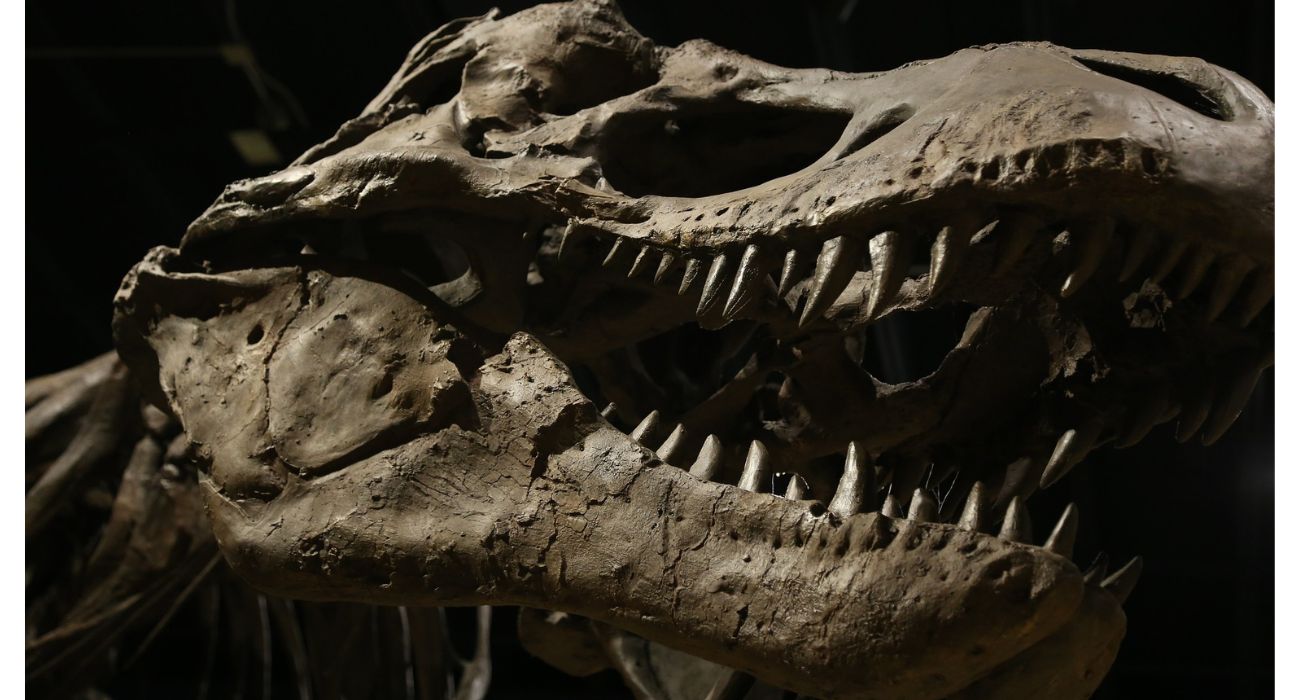Local paleontologists are hopeful that a new development project at Dallas-Fort Worth International Airport will yield some new fossil finds.
On top of several renovation projects, officials at DFW Airport will erect a sixth terminal — Terminal F — just south of Terminal D. Work is expected to begin soon since DFW Airport’s governing board gave its final approval to the $914 million project in early February.
While the news might please the roughly 70 million passengers passing through the airport each year, it likely pales in comparison to the delight of professional and amateur paleontologists, who have been digging up fossils around the area for years.
“There is a very rich history of fossils near the airport,” said Dale Winkler, director of the Shuler Museum of Paleontology at Southern Methodist University, according to WFAA. He added that there has been considerable buzz about what excavators might find after breaking ground on the new terminal.
In 1974, workers found a plesiosaur — a long-necked prehistoric marine predator that could grow up to 43 feet long — while building the DFW Airport.
Speaking with WFAA in 1975, Bob Slaughter, an SMU professor, explained how a project funded by Braniff Airlines allowed him and his students to reconstruct the massive creature — which was only the third such specimen to have been found at the time.
As reported by The Dallas Express last summer, the fossil record of the Lone Star State was upended by the discovery of Jurassic vertebrate fossils in the Malone Mountains of West Texas. Notably, fragments of another plesiosaur dating from around 150 million years ago were uncovered by scientists from the University of Texas at Austin. At the time, a shallow sea covered the present-day deserts of northeastern Mexico and West Texas.
New fossils from millions of years ago may still be lying in wait under DFW Airport, with many eager to see what gets dug up.
“When you try to understand something about the history of the earth, it really helps to have a good record,” Winkler told WFAA. “Every specimen counts. All of it is pieces of the puzzle.”






